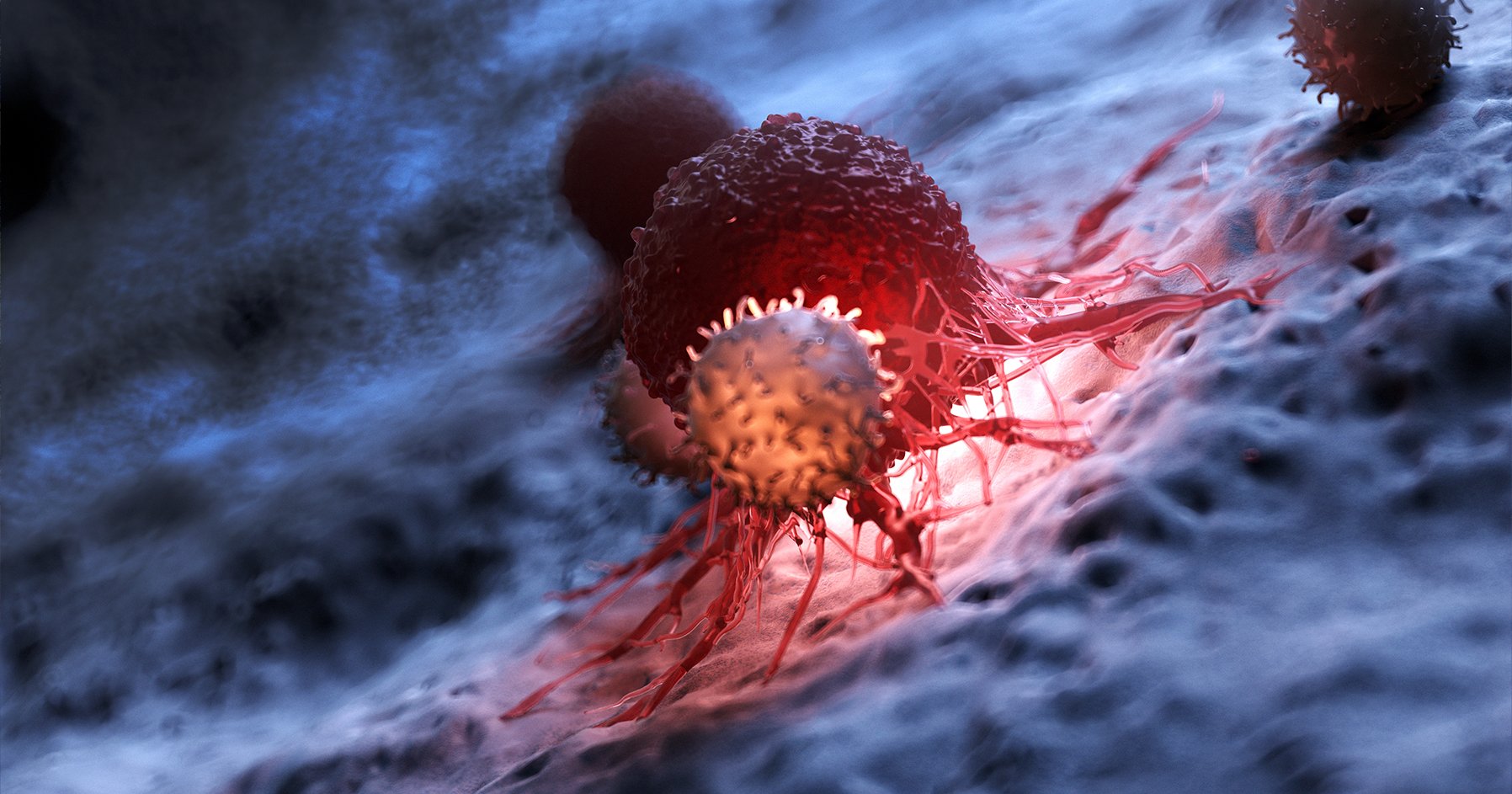Endocrine Manifestations, Pathophysiology and Treatments
Angeliki M Angelidi, Konstantinos Stefanakis, Sharon H Chou, Laura Valenzuela-Vallejo, Konstantina Dipla, Chrysoula Boutari, Konstantinos Ntoskas, Panagiotis Tokmakidis, Alexander Kokkinos, Dimitrios G Goulis, Helen A Papadaki, Christos S Mantzoros
Endocrine Reviews, First published online March 15, 2024, bnae011
https://doi.org/10.1210/endrev/bnae011
Research on lean, energy-deficient athletic and military cohorts has broadened the concept of the Female Athlete Triad into the Relative Energy Deficiency in Sport (REDs) syndrome. REDs represents a spectrum of abnormalities induced by low energy availability (LEA), which serves as the underlying cause of all symptoms described within the REDs concept, affecting exercising populations of either biological sex. Both short- and long-term LEA, in conjunction with other moderating factors, may produce a multitude of maladaptive changes that impair various physiological systems and adversely affect health, well-being, and sport performance. Consequently, the comprehensive definition of REDs encompasses a broad spectrum of physiological sequelae and adverse clinical outcomes related to LEA, such as neuroendocrine, bone, immune, and hematological effects, ultimately resulting in compromised health and performance. In this review, we discuss the pathophysiology of REDs and associated disorders. We briefly examine current treatment recommendations for REDs, primarily focusing on nonpharmacological, behavioral, and lifestyle modifications that target its underlying cause-energy deficit. We also discuss treatment approaches aimed at managing symptoms, such as menstrual dysfunction and bone stress injuries, and explore potential novel treatments that target the underlying physiology, emphasizing the roles of leptin and the activin-follistatin-inhibin axis, the roles of which remain to be fully elucidated, in the pathophysiology and management of REDs.
In the near future, novel therapies leveraging our emerging understanding of molecules and physiological axes underlying energy availability or lack thereof may restore LEA-related abnormalities, thus preventing and/or treating REDs-related health complications, such as stress fractures, and improving performance.

We provide our journal authors with a variety of resources for increasing the discoverability and citation of their published work. Use these tools and tips to broaden the impact of your article.

Read our special collections of Endocrine Society journal articles, curated by topic, Altmetric Attention Scores, and Featured Article designations.